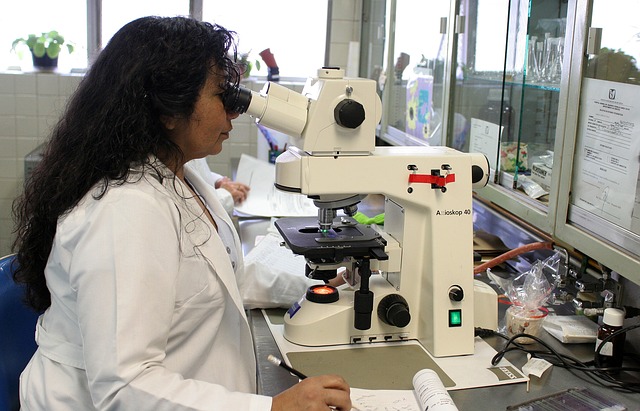International Society of Prenatal Diagnosis issues new guidelines for prenatal genome-wide sequencing
By Marsha Michie,
Prenatal Information Research Consortium
| 01. 12. 2018
Genome-wide sequencing is increasingly being conducted on fetal tissues, either as whole exome sequencing (WES), whole genome sequencing (WGS), or targeted analysis that uses clinical panels. These kinds of prenatal sequencing are sometimes done when more standard genetic tests have not yielded helpful results to explain structural anomalies, or if a specific genetic condition is suspected that would not be detected through other prenatal tests. While such sequencing is more likely to yield a positive result, it comes with its own set of risks and challenges – for instance, it is more likely to detect variants of unknown significance and other results that lead to excessive testing and stress on parents without significant benefit.
The International Society of Prenatal Diagnosis (ISPD), in conjunction with the Society of Maternal Fetal Medicine (SMFM) and the Perinatal Quality Foundation (PQF), just issued a joint position statement on the use of genome-wide sequencing for fetal diagnosis. While they recognize that sequencing can be useful in some instances, they generally take a cautionary approach. Based on “lessons learned from existing prenatal testing,” along with...
Related Articles
By Josie Ensor, The Times | 12.09.2025
A fertility start-up that promises to screen embryos to give would-be parents their “best baby” has come under fire for a “misuse of science”.
Nucleus Genomics describes its mission as “IVF for genetic optimisation”, offering advanced embryo testing that allows...
By Katherine Long, Ben Foldy, and Lingling Wei, The Wall Street Journal | 12.13.2025
Inside a closed Los Angeles courtroom, something wasn’t right.
Clerks working for family court Judge Amy Pellman were reviewing routine surrogacy petitions when they spotted an unusual pattern: the same name, again and again.
A Chinese billionaire was seeking parental...
By Sarah A. Topol, The New York Times Magazine | 12.14.2025
The women in House 3 rarely had a chance to speak to the women in House 5, but when they did, the things they heard scared them. They didn’t actually know where House 5 was, only that it was huge...
By Tina Stevens, CounterPunch | 12.11.2025
Silicon Valley and other high tech billionaires are investing millions in start-ups dedicated to creating genetically engineered (GE) babies, according to a recent Wall Street Journal (WSJ) report. AI mogul Sam Altman, cryptocurrency entrepreneur Brian Armstrong, venture capitalist Peter...




